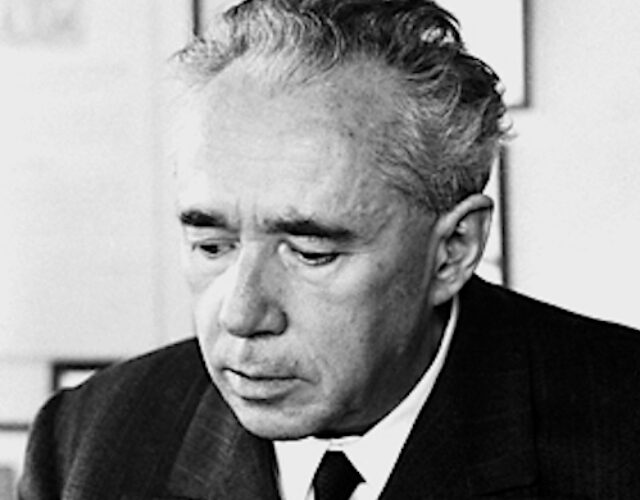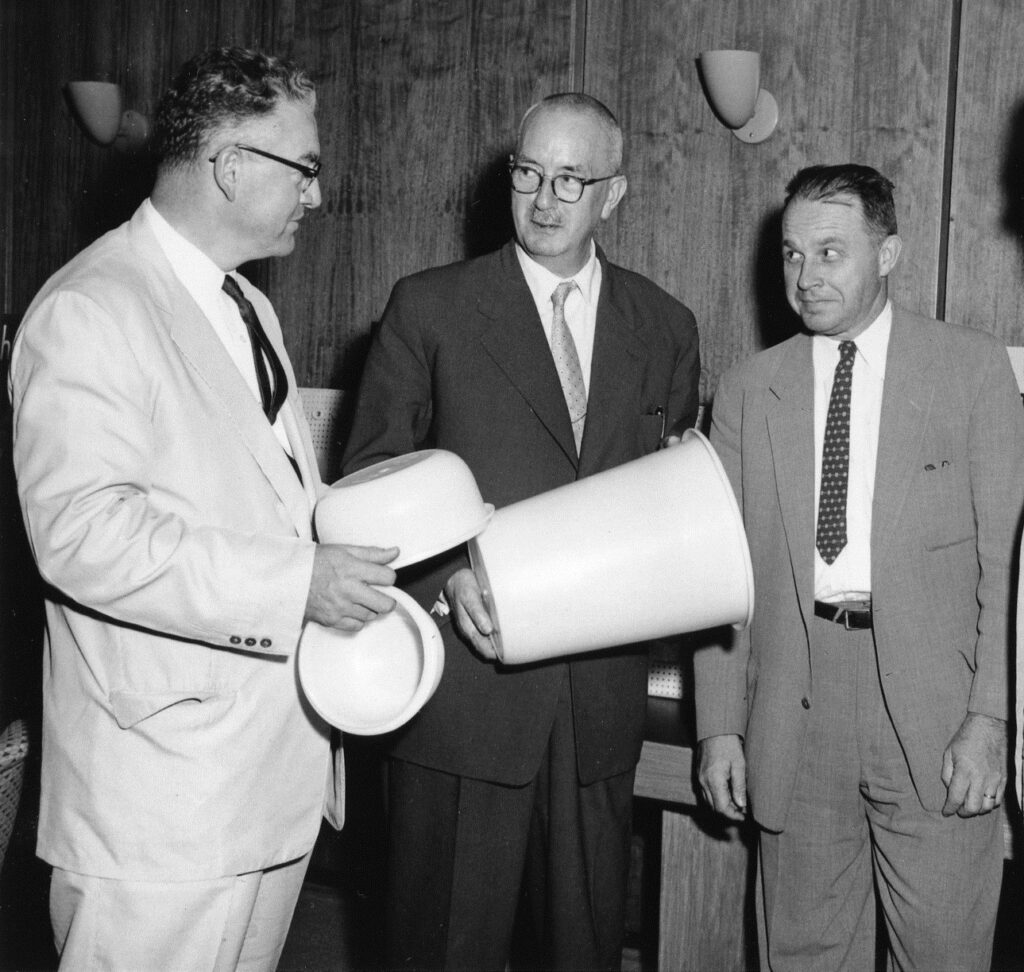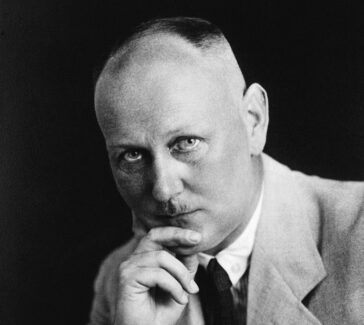Karl Ziegler and Giulio Natta
In the early 1950s Ziegler and Natta discovered a new process for synthesizing polymers that made possible a lot of common plastics, including high-density polyethylene and polypropylene.

Karl Ziegler (1898–1973) and Giulio Natta (1903–1979) were just two of several scientists who independently developed catalysts that enabled polymerization at room temperature and normal atmospheric pressure and exactly controlled the positioning of atoms attached to the polymer chains.
Robert Banks and J. Paul Hogan of Phillips Petroleum had discovered a similar process about a year earlier, but this was not sorted out by American courts until the 1980s; by then the name Ziegler-Natta polymerization had already stuck.
Ziegler’s Early Career
Ziegler was born near Kassel in central Germany. He attended Marburg University, served briefly in World War I, and then returned to Marburg to take his doctorate in 1920. At the beginning of his career he was mostly interested in organic syntheses and physical organic chemistry, but during World War II he made contributions to the German effort to make synthetic rubber. At the end of the war he was happily ensconced as a professor at the University of Halle in territory that would soon be occupied by the Soviets and would eventually become East Germany.

Polyethylene
To preserve Ziegler’s expertise for the West, the American armed forces urged Ziegler to accept an appointment at the Institute for Coal Research at Mülheim, in what would become West Germany. There he established a research team that in 1953 discovered that organic compounds of metals, such as aluminum alkyl, could catalyze the production of polyethylene without using high pressure and temperature as had previously been the practice.
Ziegler also found that his polyethylene did not consist of ethylene units randomly attached in a branched pattern, like polyethylene made by the old process, but consisted of very ordered, very long, straight-chain molecules.
Natta’s Early Interest in Polymers
Natta was born on the northwestern coast of Italy, north of Genoa, into a family that had produced generations of lawyers. But he chose chemistry, studying at the Polytechnic Institute of Milan. Like Herman Mark, and urged on by Hermann Staudinger whom he met in 1932, Natta came to his interest in polymers through his study of X-ray crystallography.
After a series of appointments elsewhere in Italy, he wended his way back to his alma mater in 1938 as director of the Institute of Applied Chemistry. By then, Fascist Italy was trying to get around sanctions imposed by the League of Nations to protest Italy’s invasion of Ethiopia. Natta, like polymer chemists around the world, was drawn into the effort to produce synthetic rubber.
Polypropylene
After the war Natta and his group continued their polymer research. When Natta learned that Ziegler had polymerized ethylene catalytically, he immediately realized that similar substances like propylene could be polymerized using catalysts. A few months later, in 1954, Natta outflanked Ziegler in making stereoregular polypropylene. Natta’s group experimented with catalyst systems to make a wide variety of polymers, resulting eventually in the long-sought goal of a synthetic rubber molecularly identical with natural rubber.
In 1963 Ziegler and Natta were awarded the Nobel Prize in Chemistry for their discoveries in the science and technology of polymers.



